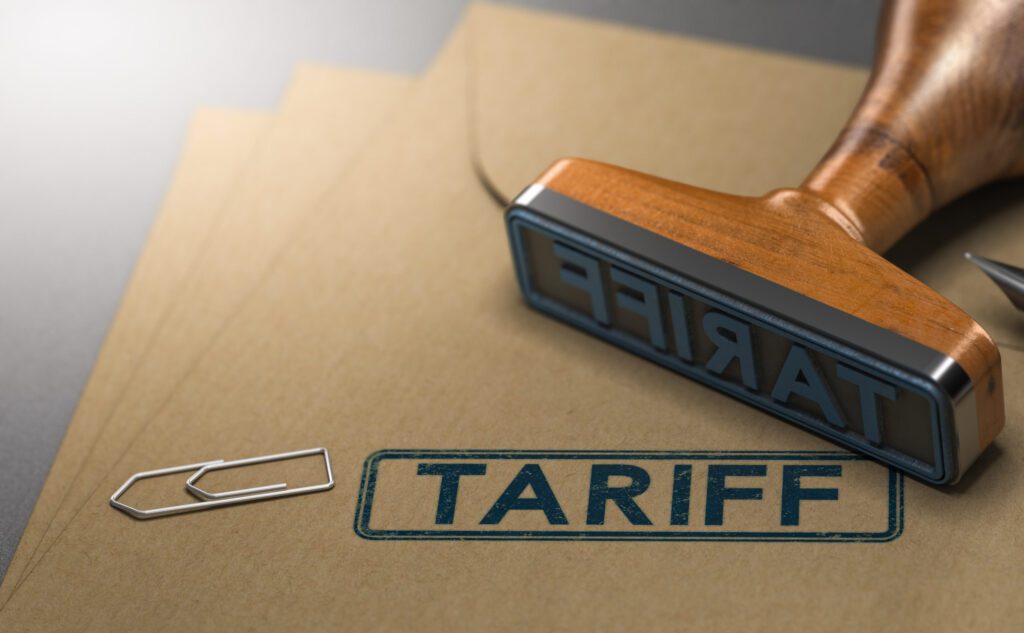President Donald Trump has confirmed that his administration will impose new tariffs on imports from Mexico, Canada, and China, citing ongoing concerns over fentanyl trafficking into the United States. The tariffs, set to take effect on March 4, include a 25% duty on goods from Mexico and Canada, alongside an additional 10% tariff on Chinese imports—on top of the 10% levy already in place since February 4.
Read also: Week Five in Trade –More Tariffs to Come?
Fentanyl Crisis Drives Trade Measures
Trump announced the tariffs on his Truth Social account, asserting that fentanyl remains a major issue despite ongoing talks with China, Mexico, and Canada. The administration claims these countries have not done enough to curb the flow of illicit drugs into the U.S.
Customs and Border Protection reported seizing 991 pounds of fentanyl at the southwest border in January 2025—down over 50% from the previous year but still a significant amount. Meanwhile, the Centers for Disease Control and Prevention (CDC) reported 72,776 synthetic opioid-related deaths in 2023, underscoring the administration’s urgency.
Impact of Foreign Aid Freeze
Trump’s crackdown on fentanyl trafficking has also led to disruptions in foreign aid programs. A freeze on U.S. funding has stalled efforts to expand a United Nations initiative that helps the Mexican Navy screen cargo for fentanyl precursors. Other halted efforts include U.S. training programs for Mexican authorities and the donation of drug-sniffing dogs. However, the State Department recently released $8 million in frozen funds to support anti-narcotics initiatives in Mexico.
Tariff Escalation and Economic Risks
The latest trade measures resemble Trump’s first-term tariff strategy, where escalating duties forced negotiations with China. However, Chinese President Xi Jinping has so far responded only with a limited 10% retaliatory tariff on U.S. energy and farm equipment.
With total U.S. imports from China reaching $439 billion in 2024, further tariff increases could significantly impact both economies. China, already facing economic headwinds from a real estate crisis and weak domestic demand, has urged the U.S. to engage in “equal dialogue and consultation.”
North American Trade Tensions
The tariffs also risk straining trade relationships with Canada and Mexico. Officials from both countries are meeting with U.S. counterparts in Washington to negotiate potential exemptions or alternative measures.
- Mexico’s Response: Economy Minister Marcelo Ebrard is meeting with U.S. officials to discuss trade countermeasures, including tariffs on low-cost imports from China.
- Canada’s Position: Public Safety Minister David McGuinty insists that Canada has strengthened border security and anti-drug efforts, arguing that it has met U.S. standards for cooperation.
The Canada Border Services Agency has launched a nationwide initiative targeting illegal contraband, with a focus on fentanyl and synthetic opioids.
Looking Ahead
While Trump briefly suggested delaying the tariff deadline until April 4, his latest statements confirm that the new duties will take effect as planned on March 4. The administration is also considering broader “reciprocal tariffs” by early April to match import duty rates imposed by other countries.
With negotiations ongoing and economic impacts looming, the next few weeks will be critical in determining whether trade tensions escalate further or if a compromise can be reached.

